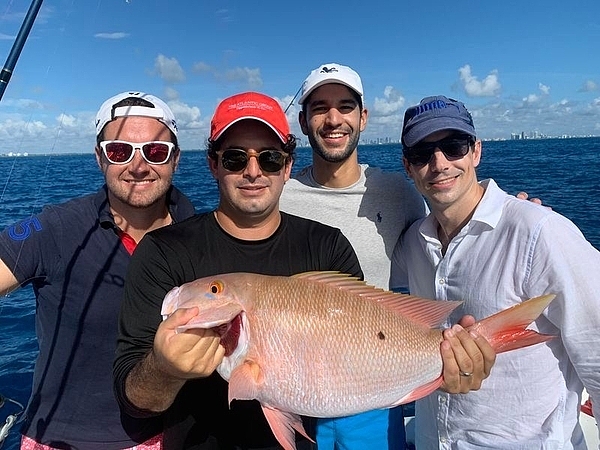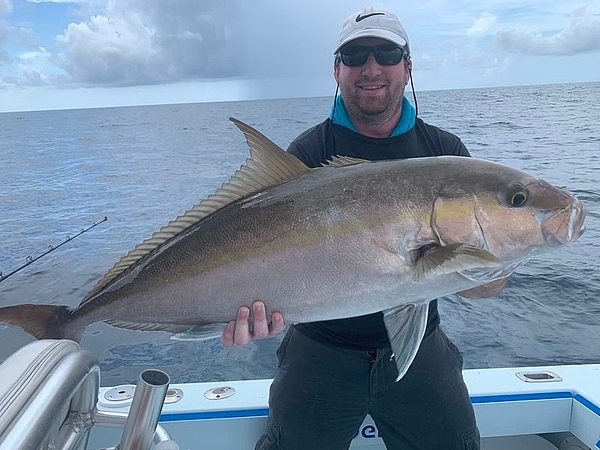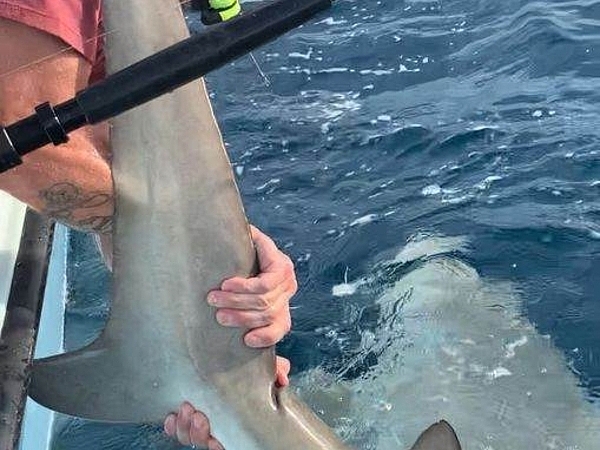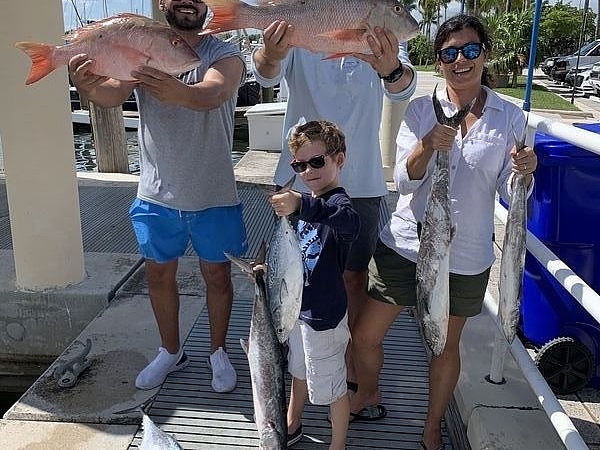Best Times of Day for Miami Inshore Fishing Charters
Success in Miami fishing comes down to perfect timing. The fish won't take your bait just any time - knowing when to be on the water makes all the difference. Smart anglers watch the tides, light conditions, and water movement. That's what fills coolers, not just random luck.

Early Morning Edge
Dawn breaks over Biscayne Bay with raw energy. The water sits smooth as glass, broken only by feeding baitfish and the soft rumble of early boats. This is prime hunting time. Big fish are on the move - tarpon splash in deep channels, snook stalk the mangroves, and jacks smash through schools of bait. The fishing isn't subtle. Throw a surface lure and watch it get hammered. Drop a live pilchard and it vanishes instantly. These fish mean business - they're ready to eat and nobody's spooked them yet.
- 5:30–8:30 AM: Explosive topwater strikes, especially on calm mornings
- Baitfish push tight to shore, drawing in everything from snook to tarpon
- Cooler water keeps fish active and close to the surface
- Boat traffic is light, so fish aren’t spooked
- Best window for targeting rolling tarpon in the open
Early morning fishing isn't about comfort - it's about results. The fish hit hardest when the sun's still low. Our live bait fishing at daybreak puts you on the water when snook are most aggressive, jacks are hunting, and tarpon are ready to crush baits. One perfect cast in these golden hours can make your whole trip. That's why our inshore trips focus on these peak feeding times - we know that's when the big fish come out to play.
Midday Moves
By late morning, the sun is up and the game changes. The flats empty out. Fish slide into deeper holes, tuck under docks, or stack up in the shadows beneath bridges. The bite doesn’t stop, but it shifts. Anglers who keep working the open shallows usually come up empty. The ones who adapt, who drop jigs into the shade, bounce soft plastics along bridge pilings, or drift live baits through the deeper cuts, keep catching.
- Fish hug structure: docks, bridge pilings, and deep mangrove pockets
- Baitfish move into channels, and predators follow
- Artificial lures like jigs and swimbaits often outfish live bait
- Precision casting matters. Work the edge where shadow meets sun
- Snook and redfish hold tight to cover, waiting for an easy meal
- Best results come from targeting structure-oriented fish
The sun changes everything, but smart anglers adapt. When it's high and hot, fish move to spots most people walk right past. The key is working slower, focusing on shadows, and staying steady. Those shaded docks? They often hold the day's biggest snook. That bridge you passed earlier? There might be a monster redfish underneath, just waiting for the tide to switch. The fish don't leave - they just shift spots. We show you how to read these patterns and switch up your approach, keeping you on fish all day long.
Evening Surge
As the sun drops, the water cools and the flats come alive again. The wind dies down. Shadows stretch across the bay. Baitfish get nervous. Predators move out from cover and start to feed with purpose. The evening bite can be just as wild as dawn, sometimes even better, especially when the tide lines up right.
- Last two hours before sunset: peak activity for snook, tarpon, and jacks
- Water temperature drops, sparking a new round of feeding
- Topwater lures and live baits both produce
- Spring evenings bring silver kings into the shallows
- Less boat traffic means less pressure on the fish
Sunset fishing hits different. The water comes alive as day turns to night. Fish that played it safe all day now hunt with purpose. This is when monster tarpon roll through, creating those golden-hour moments you'll talk about for years. That final cast into the dusk? It might be your best of the trip. At Nomad Fishing Charters, we plan around these magic hours, putting you on the water when big fish throw caution to the wind.
Reading the Water
Moon phases and tides shape every trip. Strong moving water, whether it’s incoming or outgoing, pulls bait into predictable places. Fish stack up on points, in creek mouths, and along channel edges. The best anglers don’t fight the tide. They use it. They know when the water moves, the fish feed. When it stalls, the bite slows.
- New and full moons bring the strongest tides and the most aggressive feeding
- Slack water usually means slow fishing. Plan to fish the moving tide
- Outgoing tides pull bait off the flats and concentrate predators in deeper holes
- Incoming tides flood the mangroves, drawing snook and redfish into the roots
- Families and beginners get steady action by timing trips with moving water
Fish follow patterns, not preferences. The best catches happen when moon phases match tide cycles and water movement peaks. Sunny skies and calm seas don't guarantee success - but timing the natural rhythms does. At Nomad Fishing Charters, we track these cycles daily, letting you focus on fishing while we handle the science of when and where.
Book Your Miami Fishing Trip
Ready to experience Miami's legendary inshore fishing? Call Nomad Fishing Charters at 786-266-0171 or contact us to book your next memory-making trip.
‹ Back






